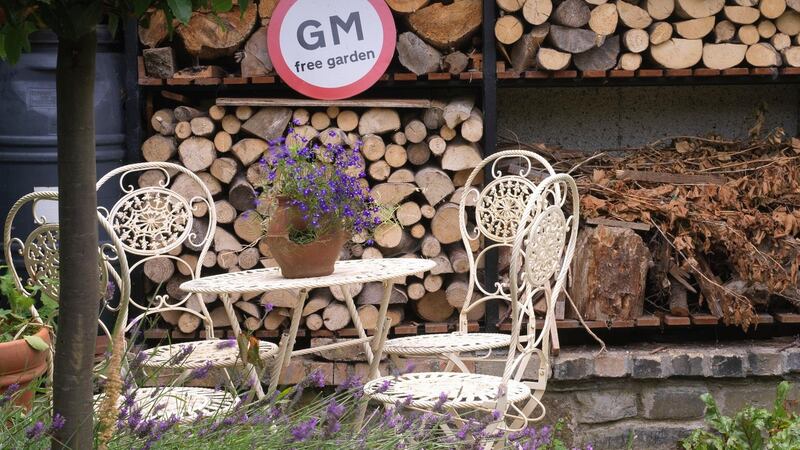As the daughter of a frustrated woodsman, I admit to taking a particular pleasure in the sight of a large, neatly stacked log-pile, especially at this time of year as the long, cold nights of winter draw in. I'm not, of course, the only one. When the cult book Norwegian Wood: Chopping, Stacking and Drying Wood the Scandinavian Way by Lars Mytting was finally translated into English last year, it rocketed into the bestseller lists, going on to win the 2016 British Book Awards Non-Fiction Book of the Year award.
Mytting’s thoughtful, informative and meditative text is beautifully illustrated with photographs of Nordic forests and the sort of exquisitely constructed woodpiles and cord stacks that will have you reaching for your axe. But on a more serious note, it also highlights the many benefits of growing wood to use as a fuel, not least of which is the fact that it’s carbon-neutral and renewable as well as wildlife-friendly.
Suitable varieties

Which are the most suitable varieties of trees to grow for the Irish climate? Up until recently the common ash (Fraxinus) would have been top of the list, but the rapid spread of diseases such as ash dieback mean that it’s now too much of a gamble to grow this as a fuel crop. Instead, go for a mix of other relatively fast-growing species such as birch, sycamore, alder, willow, poplar and larch, bearing in mind that the choice of species should suit the particular growing conditions and size of your garden. Planted as young, bare-root saplings at this time of year, these will quickly establish healthy root systems, and start producing “thinnings” or coppicings suitable for burning (once properly cured) within a few years.
For it to be an efficient, environmentally-friendly fuel, your home-grown firewood needs to be as dry as possible (ideally less than 20 per cent moisture content). In our damp, Irish climate, this means splitting it lengthways with an axe or splitting hammer soon after harvesting (this speeds up the drying process), before carefully stacking it and leaving it to season or “cure” for a minimum of six-nine months under cover of a well-ventilated shed or outhouse. And if, in the meantime, you find yourself beginning to quietly admire the unique charms of a well-built, good-looking woodpile? Well, don’t worry… you’re certainly not alone.











